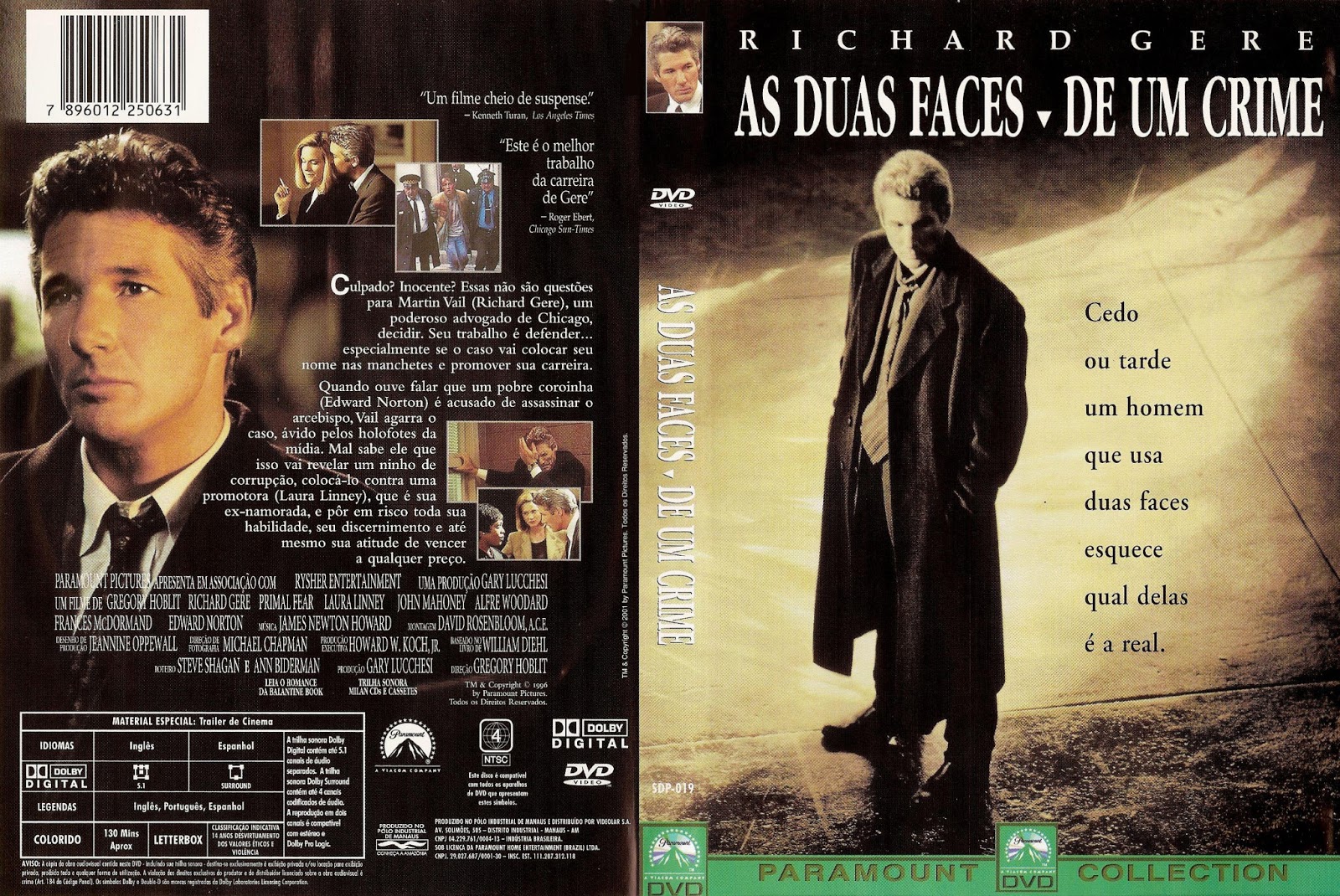As Duas Faces de Um Crime is a compelling thriller that immerses itself into the intricate web of human morality, ethical quandaries, and the multifaceted nature of truth. Set against the backdrop of a thrilling narrative, this film serves as a fertile ground for analysis through the lens of cultural relativism, which posits that one’s beliefs and practices must be understood within their cultural context. This exploration will delve into various aspects of the film, elucidating how its narrative structure and character development magnify the contradictory themes of justice and subjective truth.
At the heart of As Duas Faces de Um Crime lies a gripping narrative plot that unfolds rather like a Daedalian labyrinth, enticing viewers to traverse through its convoluted paths. The film adeptly navigates the murky waters of crime and punishment, manifesting two distinct yet interlinked perspectives of a singular event. Through the juxtaposition of its protagonists, the film magnifies the inherent discrepancies in how different cultural frameworks interpret actions and intentions. This duality in storytelling not only serves to engage the audience on a visceral level but also beckons deeper reflection on the relativity of morality.
The film’s primary conflict centers on a murder investigation, an archetype rich in narrative possibilities. Central to this investigation are two main characters whose lives are irrevocably altered due to a crime. Their experiences highlight the subjective nature of truth—what is deemed culpable in one societal context may be viewed with empathy in another. This notion of cultural relativism presents itself predominantly through the characters’ backgrounds, motivations, and the societal pressures governing their actions.
One can perceive the character arcs as a reflection of diverse cultural paradigms. For instance, one protagonist, shaped by a collectivist society, demonstrates a propensity for communal values, leading to actions that may be perceived as self-sacrificial or misguided. Conversely, the other protagonist is steeped in individualistic ideals, prioritizing personal justice over communal societal expectations. This divergence underscores the film’s assertion that morality is not singular but rather a mosaic of varying perspectives shaped by cultural narratives.
The cinematography of As Duas Faces de Um Crime further enhances its thematic depth. The use of chiaroscuro lighting, which plays upon shadows and light, symbolizes the duality of truth presented within the plot. The scenes shift from stark contrasts, embodying the protagonists’ respective moral dilemmas, to softer hues that suggest ambiguity and the fluidity of ethics. This visual storytelling aligns seamlessly with the film’s narrative, allowing audiences to meditate upon the inherited biases that color each character’s perception of justice.
Dialogue and character interactions serve as pivotal devices for exploring the complexities of cultural relativism. The exchanges between the characters are fraught with tension, encapsulating the struggle to reconcile differing cultural experiences. Often, their dialogue encapsulates familiar cultural idioms and societal norms that reveal their inherent biases. This linguistic dichotomy underscores the broader theme that context matters profoundly when evaluating human actions; the same statement can be perceived as an affront in one culture and as a commonplace acknowledgment in another.
The characterization of law enforcement in the film also warrants a thorough examination. Officers embody varying cultural perspectives, reflecting the tensions between legal regulations and moral imperatives. This representation opens a dialogue about the complexities of justice administration within multifaceted cultural frameworks. It invites viewers to confront the often stark chasm between the letter of the law and the ethical considerations that govern human behavior, thus echoing cultural relativist assertions that legality does not always equate to morality.
From a narrative perspective, the film utilizes an unreliable narrator, which complicates the audience’s understanding of the truth. This device is a deliberate commentary on the notion that truth is often subjective, influenced by personal bias and cultural identity. The audience is presented with partial truths that compel them to engage in critical analysis, questioning the validity of narratives presented by fragmented perspectives. This veiling technique highlights the epistemological inquiries central to the study of cultural relativism, suggesting that knowledge itself is invariably bound to cultural contexts.
Furthermore, the film’s resolution—a poignant culmination of the intertwined lives of the protagonists—refuses to deliver a binary conclusion. Instead, it embraces the notion that truth can indeed be multifaceted, urging audiences to recognize the complexities inherent in human relationships and societal structures. This open-endedness resonates with cultural relativist ideologies, which emphasize understanding before passing judgment.
In conclusion, As Duas Faces de Um Crime is not just a mere thriller; it serves as a profound exploration of truth, morality, and cultural relativism. Its multi-layered narrative encourages viewers to reflect upon their perceptions of justice and the ethical subtleties that accompany human interactions. By presenting a dichotomy of truth and embracing the cultural complexities that shape our moral frameworks, the film invites audiences to engage in essential dialogues about the diversity of human experience. The amalgamation of gripping character development, intricate cinematography, and profound thematic undertones renders it a significant contribution to the thriller genre, making it not only entertaining but also intellectually stimulating.
